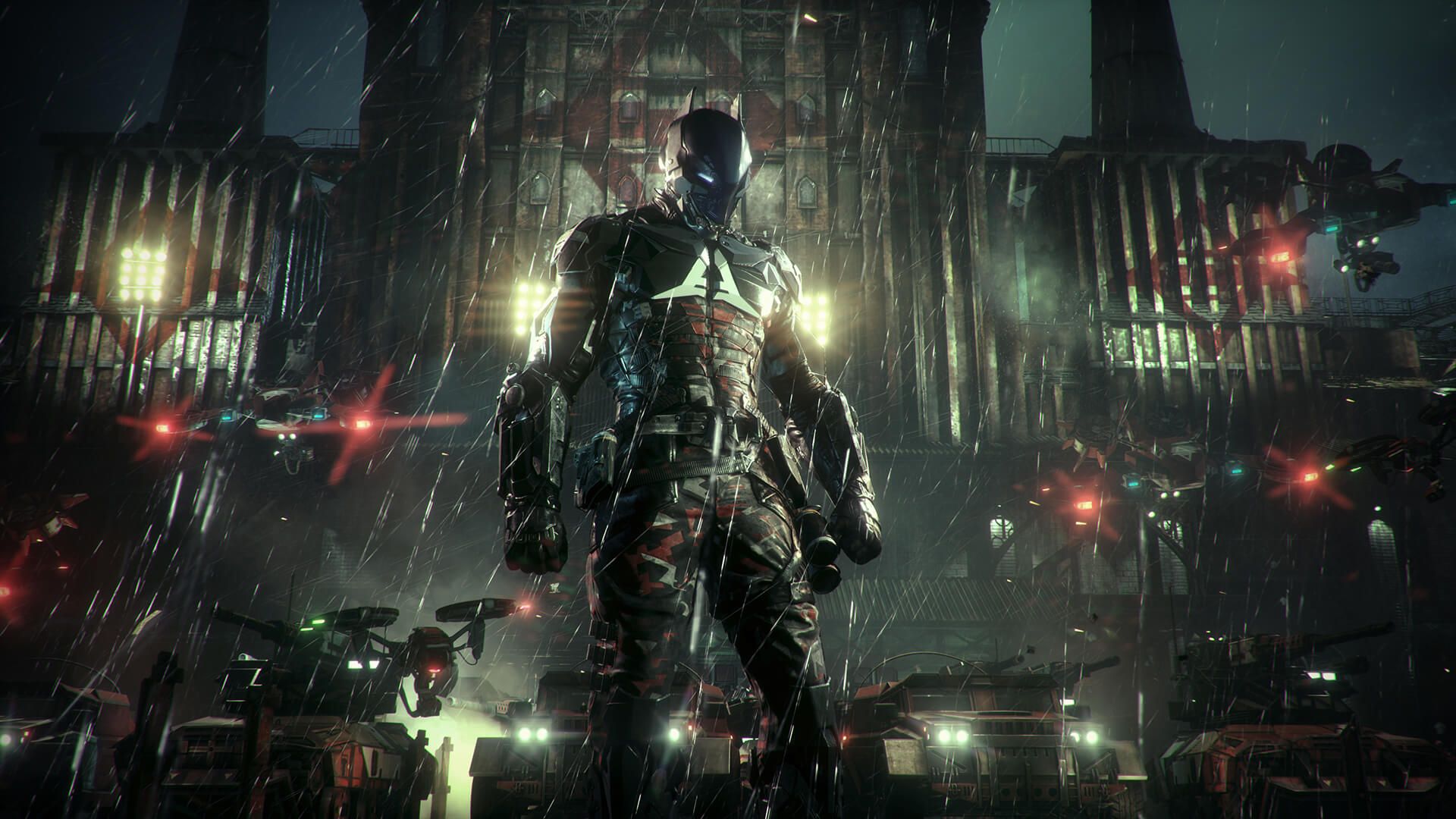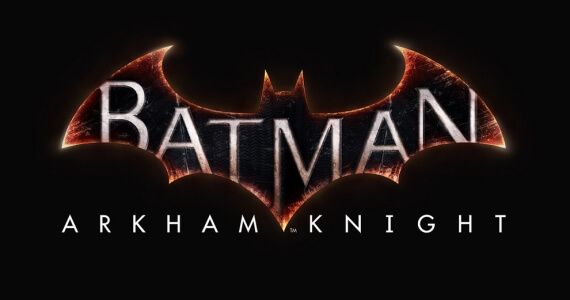Take one look at the highest grossing, most talked about entertainment in recent years, and see that superheroes are a force to be reckoned with I in more ways than one. But before Marvel and DC had confirmed that comic book superheroes were the key to anew era of blockbuster franchise development, Rocksteady Games had already pulled off a miracle of their own, going by the name of Batman: Arkham Asylum. The UK studio stunned the games industry with their first title, followed soon after by one even more influential in open world game design. Is it even possible that the studio could meet the expectations placed on Batman: Arkham Knight? In short: absolutely. While the low expectations for Asylum (given the flawed history of superhero games) afforded the developers significant freedom, they chose to tackle a brand new challenge for the sequel, taking the action to the sprawling streets of Arkham City. Fans have their favorite, but whichever direction you prefer it was difficult to imagine how Rocksteady could again redefine the core experience.
That revelation came with the first cinematic trailer for Arkham Knight, confirming that the third game in the series would finally put players behind the wheel of the iconic Batmobile — and players would need it, as the action was moving to the expansive streets of Gotham City proper. To make it even more evident that Rocksteady was attempting their largest feat to date, studio head Dax Ginn confirmed that Arkham Knight would also be the last entry in the series to come from the studio (with duties presumably handed off to the newly-founded WB Games Montreal).
Now that we have had the chance to see and play the game for ourselves at E3 2014, there is little doubt left that Rocksteady is up to the task, poised to leave their mark on the property once and for all. It seems foolish to say that any doubt was possible at this point, but with the gameplay shifting so drastically with the addition of vehicular exploration and combat, some minor issues or snags could be understood. But not only has Rocksteady avoided any such flaws, they've polished the existing mechanics to a terrific shine.
Perhaps it was a sign of just how well the studio knows the source material when they unveiled their version of the Batmobile — a vehicle guaranteed to court controversy whenever it's redesigned — and not a harsh word about the angular, futuristic look could be found online. The team claimed to develop the vehicle alongside Batman’s brand new suit in an effort to deliver a cohesive vision; Bruce Wayne has never faced a threat like the one Rocksteady has cooked up this time, and he’s risen to the occasion.
It’s genuinely impressive to see just how well the Arkham version of Batman has been adopted by fans, but never has Rocksteady’s re-imagining communicated the overall intent of the studio as it does with Arkham Knight. Batman now possesses a suit that is complex, layered, battle-hardened, razor sharp, and boasting a vehicle that is built to match, increasing the amount of power he can wield over his enemies, and the city of Gotham itself.
The game shown off at E3 2014 could be described using several of the same adjectives, boasting next-gen visuals that (despite word of some technical issues in earlier builds) are some of the most impressive seen at the entire show. Gotham and Batman have never looked smoother (or perhaps… rougher?) than this, but it’s the gameplay which left us most surprised.
To say that the Arkham series sticks to a formula would be somewhat of an understatement; with Arkham City’s refinement of Asylum’s core combat, Rocksteady’s attack/dodge/counter mechanics essentially laid the foundation for every AAA third-person action game that followed. Yet even devoted fans know that the system wasn’t without its drawbacks, becoming increasingly complicated as Batman’s range of gadgets expanded.
Thankfully, Rocksteady was eager to fix those issues once and for all, beginning with the interface both in and out of combat. The host of devices and gadgets accessed through the D-Pad has been replaced with a single radial menu accessed with the push of a button. Add in the new ability to communicate with Alfred, Gordon, and Oracle via gauntlet-mounted projection, and Arkham Knight’s caped crusader is leaner, meaner, and more precise — from visuals to mechanics.
The combat itself has also received a bit of a touch-up, designed to both right old wrongs and increase the player’s sense of power. The addition of 'Fear Takedowns' — attacks eliminating up to three hostiles if launched undetected — makes Batman the aggressor from the outset, but not every change is so conspicuous. Players can now attack downed enemies without entering a slow animation, Batarangs can be launched at charging enemies in a blink, and opponents can be tossed, slammed into, or crushed under items and hazards in the environment, all in the name of changing up a combat routine that has become more than familiar to most action game enthusiasts.
But it's what Rocksteady has added, not just refined that demands the most attention - and upon release, will garner the most interest. When the game's emphasis on the tank-like Batmobile combat was showcased in the latest gameplay trailer, it's possible that some saw the mode as a serious and risky departure from the rest of the franchise. Arkham succeeded on stealth and smarts, not brute force, after all.
Yet stepping behind the controls of the aptly-named 'Battle Mode' was perhaps the most surprising aspect of our time with the game. The shift from speed to combat is performed by depressing a single trigger, deploying gun turrets and enabling 360-degree movement. The carnage, gunfire, and explosions are still there, but the decision to restrict the mode to a sustained command makes it a function, not a betrayal of the series' tone. It's a subtle decision, and may not work for everyone, but worth the distinction.
Always ones to surprise, Rocksteady has integrated the Batmobile into much more than just combat against a new line of vehicle-based enemies. Once players have dealt with the armored forces of the Scarecrow and mysterious Arkham Knight (a brand new character who is revealed to have history with the Bat), they'll soon discover the many new ways in which the vehicle can add dimension to the surrounding gameplay.
The ability to control the Batmobile remotely essentially means having a sidekick when needed, helping to destroy, manipulate or remove obstacles in the environment. Whether eliminating traversal threats at their source or dispatching enemies with non-lethal rounds, the elegance with which the Batmobile has been grafted into the established Arkham mechanics was by far the most unexpected revelation of the demo.
Only time will tell if the story concocted for the final chapter in the trilogy will be just as satisfying, or if the rest of the campaign will be as mechanically sound and inspired as the section highlighted by Rocksteady. But at this point, it seems they've earned the benefit of the doubt. So there's a very real chance that while Arkham Knight will be the last of Rocksteady's Batman games, it just might be the most impressive.
Batman: Arkham Knight will be released on PC, PS4 and Xbox One in 2015.
Follow Andrew on Twitter @andrew_dyce.



